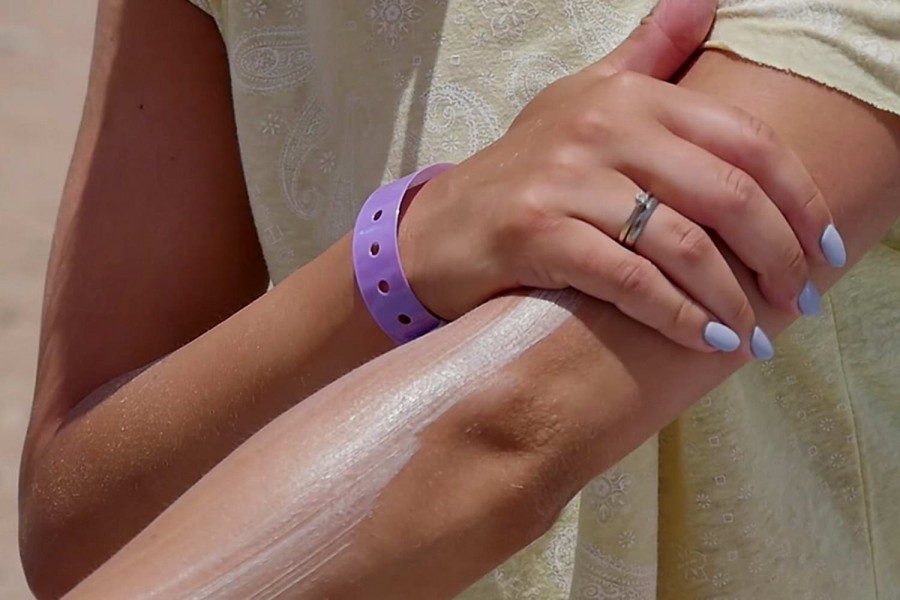What's the news?
Used hand sanitiser lately? Put any sunblock on? Driven straight after? Well, that might be a less than brilliant idea, as Ford has identified the ingredients of common sunblock, hand cleansers, and even insect repellent as things that can damage the interiors of our cars.
“From hand sanitisers to sun lotions to insect repellent, consumer trends are constantly changing, and new products are coming on to the market all the time,” said Mark Montgomery, senior materials engineer at the Materials Technology Centre, Dunton Technical Centre, UK, for Ford of Europe. “Even the most innocuous seeming product can cause problems when they come into contact with surfaces hundreds and even thousands of times a year.”
Sanitiser, in particular, seems to be an issue. It’s becoming hugely popular, with sales expected to climb by 60 per cent, from USD$371.92 million in 2018, to USD$593.62 million by 2024, but the problem for car cabins is that it’s full of ethanol, a form of alcohol, which can be damaging to the interior plastic and leather surfaces of cars.
As well as that, higher sun protection factor lotions contain greater quantities of titanium oxide that can react with plastics and natural oils that are found in leather, especially when it is hot. Diethyltoluamide, or DEET, is the most common active ingredient in insect repellents and that’s bad for cabins too. This all sounds a bit silly, but remember that many of us buy our cars on PCP deals now, and those deals include minimum acceptable standards for a car to meet when it’s traded back in at the end of the deal.
The Ford teams in Dunton in the UK and Cologne, Germany, test at temperatures that can in some cases reach 74°C - the temperature the inside of a car parked at the beach on a hot day might reach. In other tests, they simulate extended exposure to the sun, with samples bombarded with ultra‑violet light, equivalent to the brightest place on earth, for up to 1,152 hours (48 days).
They also test plastics for strength at temperatures as low as -30°C when they become most brittle, repeatedly bouncing a rubber ball - that is ten times heavier than a regulation football - to ensure the plastic doesn’t crack.
Based on the findings, the chemical constitution of protective coatings can then be reformulated so that interiors are protected. This helps Ford in its aim to keep interiors looking good for the lifetime of the vehicle, which can help owners when it’s time to sell their car. Testing also applies to storage accessories, sold through Ford Customer Service Division, such as boot liners and interior plastic covers.
“Sometimes what we do requires a bit of detective work,” said Richard Kyle, materials engineer, also based in Dunton. “There were instances of particularly high wear in Turkey and we managed to trace it back to ethanol potentially being a contributing factor, and most likely a popular hand sanitiser that contained 80 per cent ethanol - far higher than anything we’d seen before. Once we knew what it was, we were able to do something about it.

